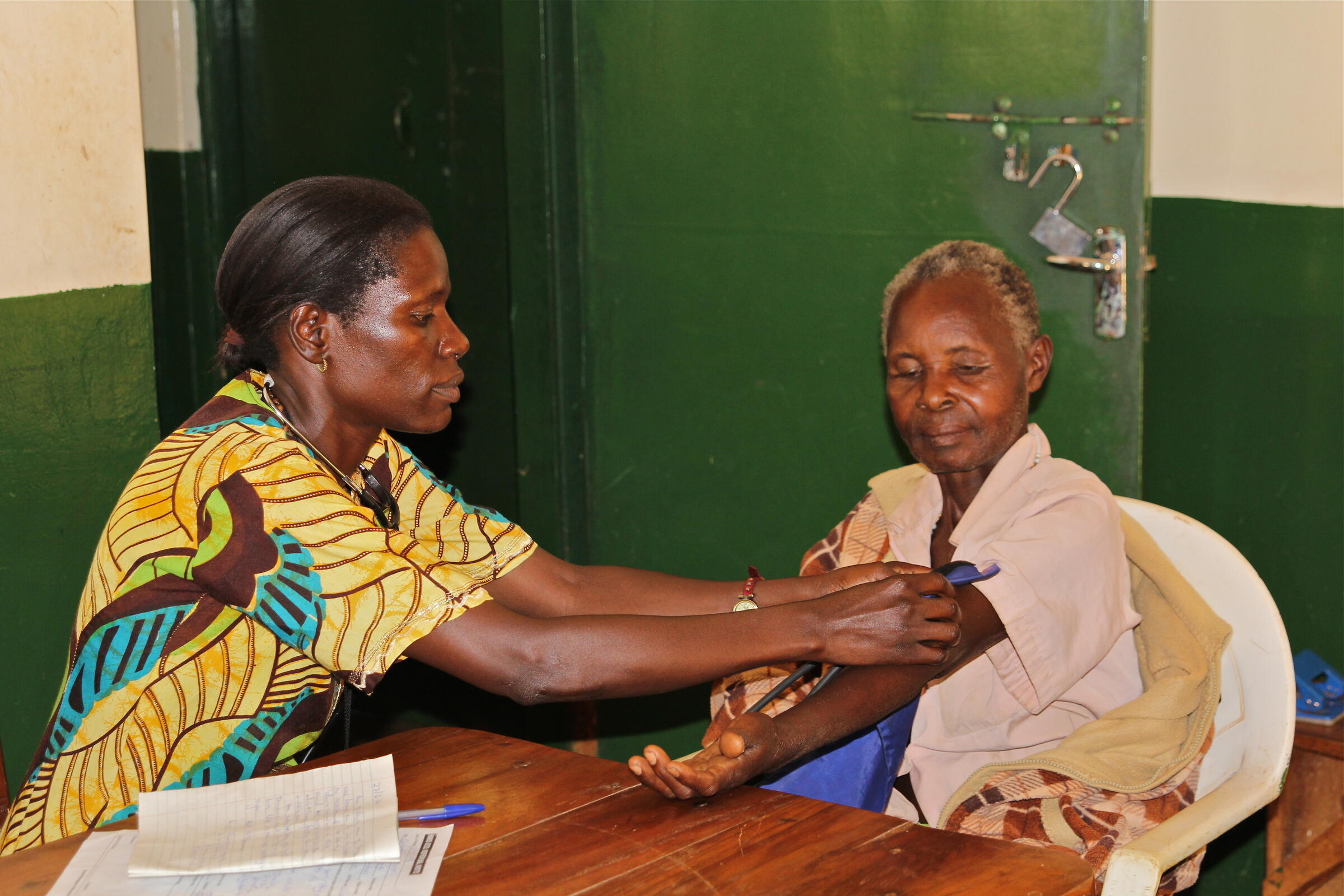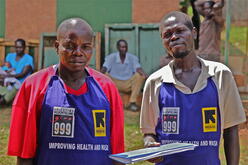
More than 1.5 million people have been displaced since the conflict in South Sudan reignited. According to the United Nations, 421,000 people have fled the new country to neighboring Ethiopia, Kenya, Sudan and Uganda. The International Rescue Committee is responding to the influx of new arrivals in the Kiryandongo refugee settlement in Uganda, where Dr. Catherine Ndekera, IRC’s health coordinator, reports on the situation.
Kiryandongo is a sprawling piece of land that the Ugandan government provided for South Sudanese refugees in 2009. Unlike in other camps, refugees here are given a plot of land, about 50 square meters, to cultivate their own food. In 2011, camp population had shrunk to 4,000 when South Sudan gained independence. But renewed fighting there has increased the population to 28,000 with more arriving each week. The vast majority, about 80 percent, are women and children. The Ugandan government and United Nations estimate that the population in this camp alone will swell to 35,000 by the end of 2014.
In February, the IRC started providing emergency water, sanitation, hygiene and health services to the refugee population in Uganda. At the centre for newly arrived refugees in Kiryandongo, our clinical officers were seeing over 20 patients an hour. Four of five patients tested positive for malaria. Sanitation and overcrowding were major concerns, with one toilet shared by women and men. Hygiene was poor and people were likely to contract malaria, diarrhoea and pneumonia.
In response, the IRC has constructed toilet blocks at the transit centre and is helping to maintain water sources. We have excavated more than 150 toilets in Kiryandongo and established antenatal care facilities (births at the facilities have increased from 43 percent to 60 percent). The IRC has hired 7 midwives and trained 39 village health workers to promote reproductive health services, plus 13 local people to promote good hygiene.

The IRC Uganda’s reproductive health and family planning project is producing measurable results. We are conducting rapid assessments to identify needs and gaps and develop an implementation plan. Among other goals, we are focusing on the reduction of maternal and newborn morbidity and mortality and HIV and STI transmission. We are making medicines more available and providing mosquito nets to combat malaria. Hygiene continues to improve as we erect more latrines and toilet blocks, including those designed to accommodate the disabled.
The needs remain great. Gender-based violence is a current challenge. Women are not reporting cases of abuse to the health facility, and even when they do, there is no referral system in place to send them to health, legal or protection services—the establishment of which, funding permitting, is an IRC priority. Mental health is another challenge. Many refugees arrive traumatized. Kiryandongo has just one psychiatric nurse, who currently refers extreme cases to Kampala.
We are also noticing a rise in HIV cases, an estimated 15 percent increase, although the figure is surely higher as the camp offers no mobile HIV counselling and testing facilities. This is a time bomb waiting to explode: there are hundreds of idle young people who are venturing into the nearby towns to have unprotected sex. An increasing number of children roam the streets rather than attend school. There is no youth centre to engage children about sexual and reproductive health and HIV/AIDS awareness. These needs are urgent and must be addressed.